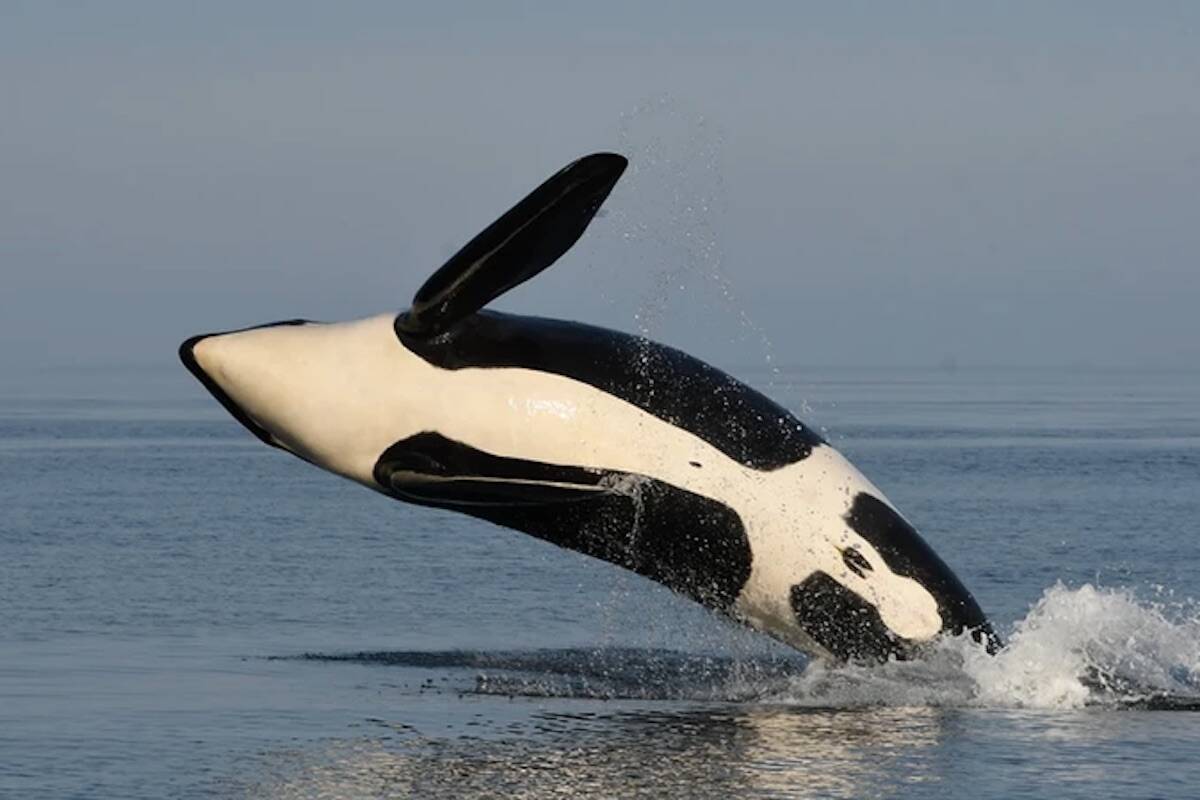A new report out of the United States offers bad news for the endangered southern resident killer whale population.
Washington state’s Centre for Whale Research found the number of remaining orcas dropped by one since last summer. The southern residents now include 73 individuals, according to the centre’s annual whale census, compared to 74 that were tracked as of July 2021.
Three whales – K21, K44 and L89 – died between last summer and July 1 of this year. The centre said K21 was severely emaciated when he was last seen in July 2021. He was declared dead after not being observed alongside his usual group.
K44 was alive as of April but wasn’t seen in subsequent encounters with his family. The Centre for Whale Research said a whale matching his size and markings was consistent with a southern resident found entangled off the Oregon coast in June, but a lack of photographs and biological samples meant they couldn’t confirm the match.
L89 has not been seen at all in 2022 despite repeated sightings of his mother and social group.
The southern resident killer whale declines were almost balanced by new births. A J-pod whale gave birth to her second offspring, a female, in February and a K-pod member also had her second newborn this spring. The sex of that K-pod whale is currently unknown, the research centre said.
“The July 1, 2022 census marks the lowest L-pod census since the study began in 1976, with 32 individuals,” the centre said. “K-pod sits at its lowest number in the last two decades, at 16 individuals. With no mortalities and a single birth, J pod now totals 25 individuals.”
The centre said throughout the 1960s and early 1970s, the population of the three southern resident pods was significantly reduced due to whale captures for marine park exhibitions.
Today, the endangered whales face a myriad of threats, including declining stocks of their meal of choice – chinook salmon – along with boat noise, pollution and oil spills, acidifying oceans and the warming climate shifting normal snowmelt patterns.
The Centre for Whale Research’s annual whale census is compiled for the National Marine Fisheries Service.
READ: Fuel-leaking fishing boat pulled to surface one month after sinking near Victoria
READ: Trudeau launches expanded oceans protection plan, with aim to reach more regions
jake.romphf@blackpress.ca. Follow us on Instagram.
Like us on Facebook and follow us on Twitter.

